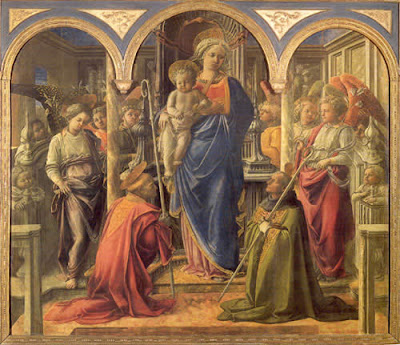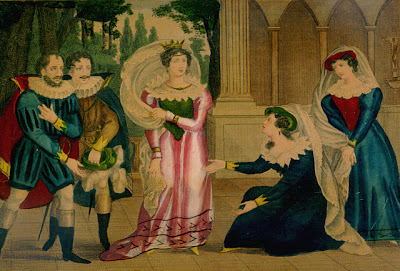The era of Tudors – there is no doubt that it is accepted as one of the golden ages of England. The Tudor dynasty ruled the nation for the long duration of 118 years.
When we pay heed towards the era of Tudors, we find the mixed traits, which were both positive and negative. The most positive thing during that era was the beginning of the renaissance age in England. It was the era when a great flourish in the cultural activities was witnessed not only in England, but in the entire Europe. Science and arts flourished, which paved the way for the modern era. The prominent thing that put the influence on the modern times is the renaissance clothing. This was the new age clothing, in which a lot of flamboyance was added.
In addition, some new style dances and music styles also came in the limelight as a result of the artistic development. Volta and galliard were two famous renaissance dances. Samples of the Volta dances have been given in the two such films – “Elizabeth” and “Elizabeth: The Golden Age”.
In addition, paintings and architectures were also flourished up to some extent, and the role of Tudor monarchs can also not be denied in this regard. King Henry VIII’s interest in architecture is well-known. His daughter, Queen Elizabeth I had her own collection of paintings.
But, there is no doubt that the era of Tudors had some negative sides also. The most negative side was witnessed at the time of Queen Mary I. Queen Mary was a devout catholic and was desperate about reestablishing the catholic faith in England. She not only showed the strictness, but also burnt the innocent Protestants in stakes. It made the queen highly unpopular and gave a bad name to the Tudor dynasty. Mary was dubbed as “Bloody Mary” for this act.
With the end of the era of Queen Mary, the dark era of Tudor dynasty ended and Queen Elizabeth gave the equal respect to both the faiths during her reign. Moreover, she encouraged the art and culture and was also a great fond of fashion. The flamboyant renaissance costumes worn by her were widely popular. Her dresses were beaded by the ornaments. The dresses of the Queen Elizabeth are popular today also and are worn by the brides as the wedding gowns. These costumes are also put on by a lot of people in the themed events.
The era of Tudors will definitely be popular up to the coming scenario.











 Renaissance was the age when set ideals of society in Europe were broken and new ways of thinking emerged and supported. This period has given rise to inspiration for the modern world, for people who want to make a change in the traditional ideas and lifestyles. This is also reflected in the degree of freedom the Renaissance society had in its dress, the range of colours, outfits and patterns of clothing.
Renaissance was the age when set ideals of society in Europe were broken and new ways of thinking emerged and supported. This period has given rise to inspiration for the modern world, for people who want to make a change in the traditional ideas and lifestyles. This is also reflected in the degree of freedom the Renaissance society had in its dress, the range of colours, outfits and patterns of clothing. 
 1490s is the time when costumes began to acquire a Renaissance look of extravagance in Europe. Even within this framework, different parts of Europe followed different styles. England followed a more mediaeval look in Renaissance dresses than other parts of Europe. Flowing lines, puffed long sleeves, head-dresses, velvet and silk lined with brocade and laces became the norm in aristocratic
1490s is the time when costumes began to acquire a Renaissance look of extravagance in Europe. Even within this framework, different parts of Europe followed different styles. England followed a more mediaeval look in Renaissance dresses than other parts of Europe. Flowing lines, puffed long sleeves, head-dresses, velvet and silk lined with brocade and laces became the norm in aristocratic 

